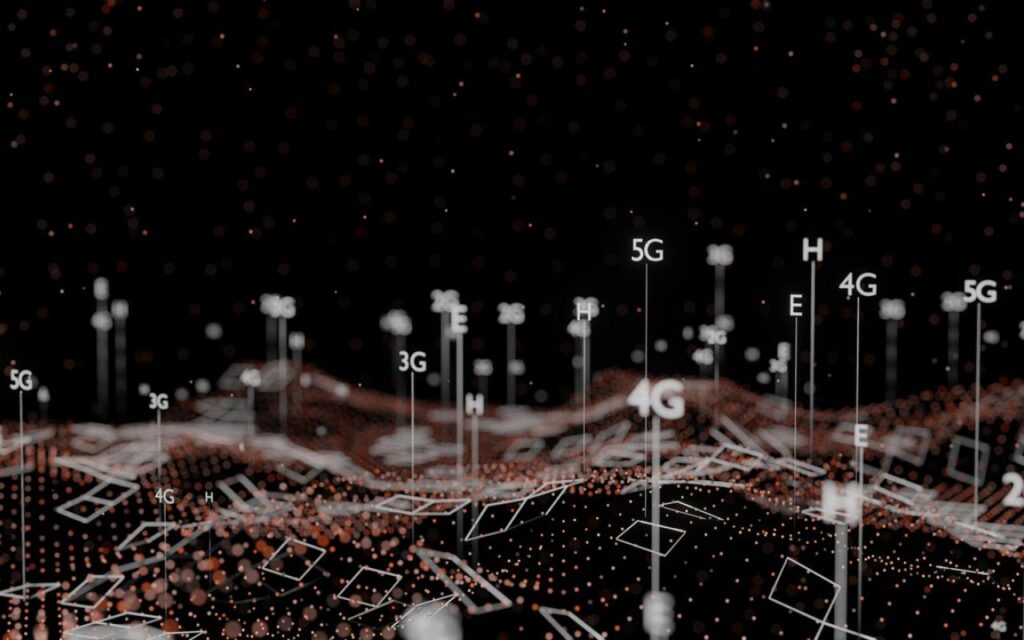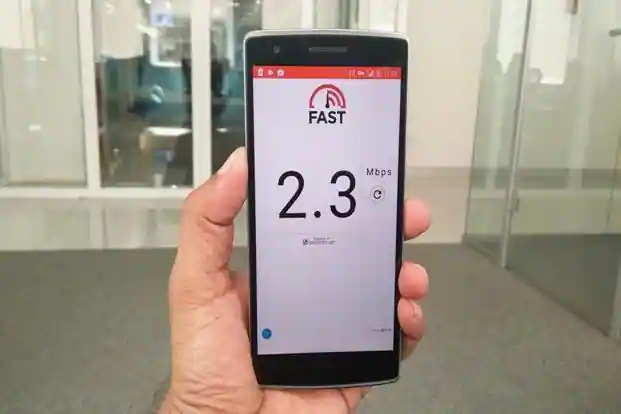Let’s take a look at how transferring data quickly between devices like smartphones and PCs may be accomplished through radio waves using 2G, 3G, 4G, and 5G technologies.
Contents
2G, Stable But Slow
You may have been around for “second generation communications” (2G) on mobile phones. It can transmit signals with a frequency of 33 centimeters at 900 as well as 1800 megahertz. When traveling at the speed of light, these waves may travel up to 100 kilometers.
The second generation of transmission was set up such that the antennas were as far apart as possible from one another in order to cover the largest feasible region. Since speech encoding does not need high speed, such channels are ideally suited for transmitting voice traffic, notwithstanding the Internet’s sluggishness. However, voice communication is still possible in the woods because of the older towers since even a single tower in the middle of nowhere may cover a significant area.
3G, Good Speed But Not That Stable
When there is just a faint transmission, the third generation of transmission, which is predicated on the second, also employs a wavelength of 900 megahertz. However, 2100 MHz is where 3G operates mostly. As a result of frequency increases and improved coding techniques, Internet speeds have multiplied, but the radius of the building with the antennas has shrunk. To adjust for obstructions, second-generation systems spaced antennas every 20-30 kilometers apart; third-generation channels spaced antennas every 5-7 kilometers; and also in towns, sometimes per kilometer.
4G Is Speedy, Though Not Always
Higher frequencies are utilized for 4G networks; 1800 MHz for moderately fast Internet (similar to 3G) and 2600 MHz for extremely fast Internet. To put it simply, a high pulse frequency provides for a more significant data transmission rate per unit of time. To achieve this kind of speed in a metropolis, however, towers would need to be built every 400 to 600 meters. Due to this, antennas are often mounted on the tops of buildings or on poles beside roadways so that the Internet may be broadcast across greater distances.
Due to the necessity for 20-to-40 times as many antennas for high-quality and consistent connectivity, 4G availability is much lower than that of third- and second-generation networks. Again, this rule holds true: the greater the wavelength and bandwidth of the Internet, the closer the towers must be together.
5G is Super, Given There is No Obstruction
In the past five years, much time and energy have been devoted to planning the introduction of fifth-generation networks. They advertise speeds of up to 10 Gbps, which is far higher than what can be achieved with a wired connection at home. However, there are subtleties even in this. 5G networks operate in many frequency bands, spanning 5 to 50 gigahertz. This implies that the frequency is merely a few millimeters, making them quickly bounce and unable to get over or through obstructions.
From 20 to 40 GHz, 5G Internet may be accessed at fast speeds, but the service area decreases with increasing transmission frequency and the number of obstructions in the path.
High Internet speeds and reduced latency in data transmission are 5G’s major benefits. The latency in packet transfer, even when using a fast Internet connection, is around 50-100 ms in current mobile communications. When all the data is moving in one way, as when you’re streaming a film, it seems lightning quick. Now imagine you attempt a video call.
If that happens, the latency will become immediately apparent: 70 milliseconds (ms) for you, 70 ms (ms) for the user, adding some time to analyze and transport data through the network, and you now have a latency of roughly 200 ms, which is quite significant for real interaction.





